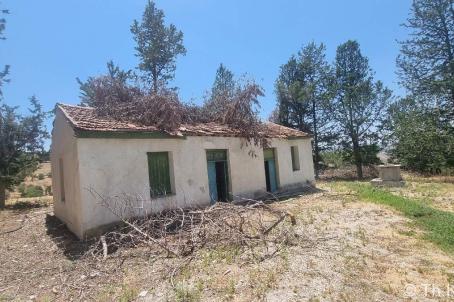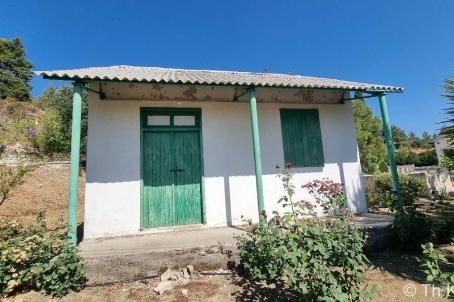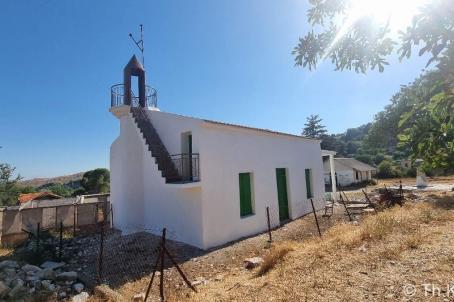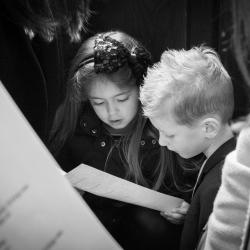Asprogia Mosque
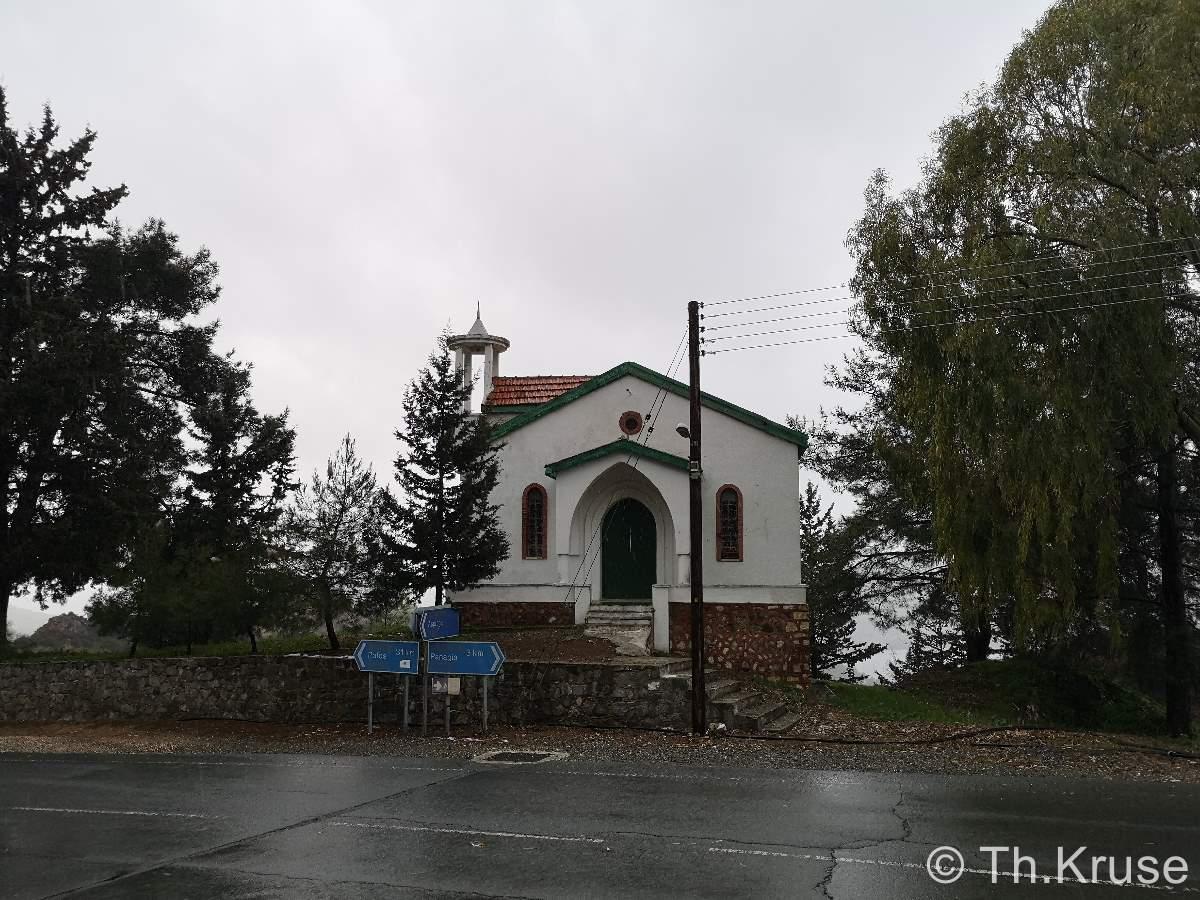
The mosque in Asprogeia is located in a westerly direction a little outside the village proper. Despite a larger number of Muslim inhabitants, the mosque in the village was built quite late.
About this building
Previously, worshippers attended the mosque in nearby Mamoundali until it was destroyed by an earthquake in the 1940s. For several years, there was no mosque nearby. It was not until the early 1950s that the decision was made to build a mosque in Asprogeia. Interestingly, the abbot of the nearby Chrysoroyiatissa monastery supported the construction of the mosque and exerted pressure on the Evkaf to provide the necessary funds for the construction.Construction began in 1953; fortunately, there were delays so that the fatal earthquake of September 1953 caused only minor damage to the building under construction.
For more information on this building visit https://www.cyreligiousheritage.org/districts/Paphos/village/176
